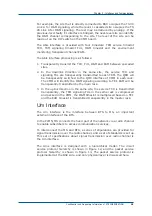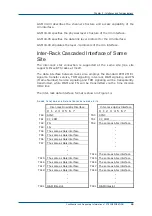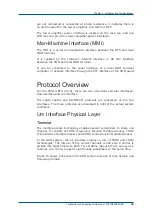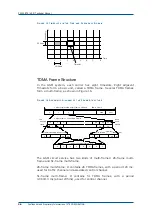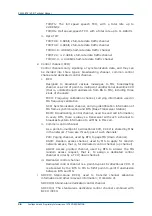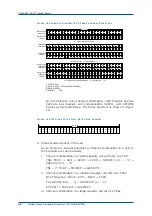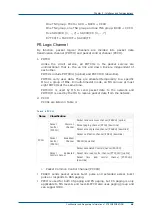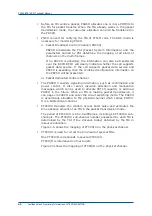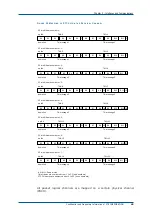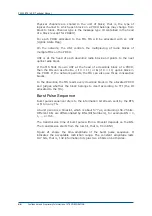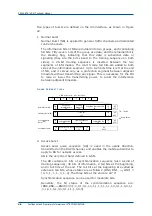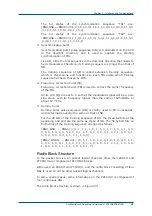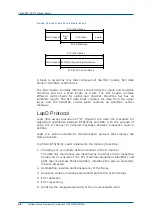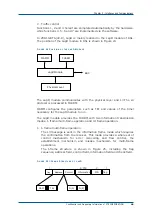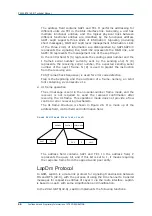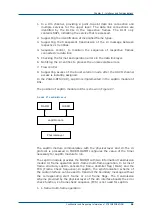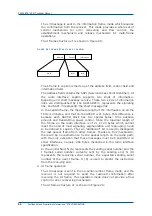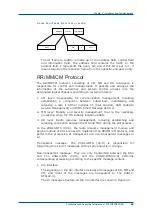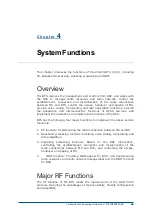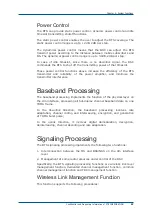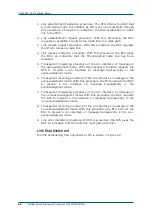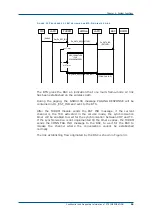
ZXG10-BTS (V2.9) Technical Manual
44
Confidential and Proprietary Information of ZTE CORPORATION
Physical channels are shared in the unit of block; that is, the type of
logical channel to which each block on a PDCH belongs may change from
block to block. Channel type is the message type ID contained in the head
of a block (except for PRACH).
For each PDCH allocated to the MS, MS will be allocated with an USF
(Uplink State Flag).
On the network, the USF controls the multiplexing of radio blocks of
multiple MSs on the PDCH.
USF is at the head of each downlink radio block and points to the next
uplink radio block.
If the MS finds its own USF at the head of a downlink block of a PDCH,
then the MS can use the B
X+1
(if X
≠
11) or B
0
(if X = 11) uplink block in
the PDCH. If the network permits, the MS can also use three consecutive
blocks.
In the downlink, the MS reads every downlink block in the allocated PDCH
and judges whether the block belongs to itself according to TFI (the ID
allocated to the MS).
Burst Pulse Sequence
Burst pulse sequence refers to the information bit stream sent by the BTS
or MS in any TS.
A burst period is a timeslot, which is about 577 µs, containing 156.25 bits.
Different bits are differentiated by BNs (Bit Numbers), for example BN = 0,
1, …, or 156.
The transmission time of burst pulse within a timeslot depends on the BN.
The transmission starts from the low bit, that is, from BN0.
Figure 21 shows the time-amplitude of the burst pulse sequence. It
indicates the acceptable restriction range. The constant amplitude lasts
147 bits, that is, 142 information bits plus two 2.5bits on both sides.
Summary of Contents for ZXG10-BTS
Page 4: ...This page is intentionally blank ...
Page 8: ...Figures 121 Tables 123 ...
Page 9: ...This page is intentionally blank ...
Page 10: ......


